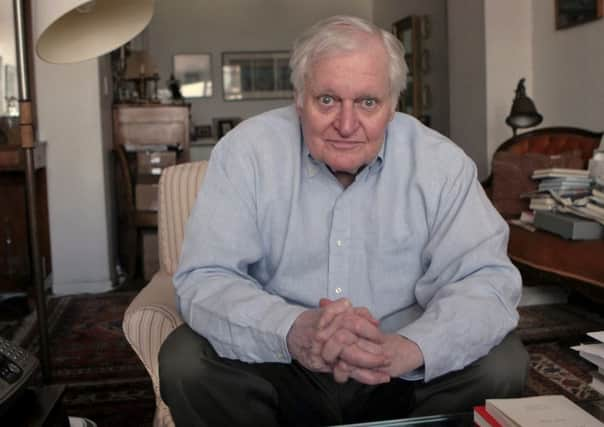John Ashbery, poet


An enigmatic genius whose command of language raised American verse to brilliant and baffling heights, he was a winner of the Pulitzer Prize and had been often mentioned as a Nobel candidate.
Ashbery was the first living poet to have a volume published by the Library of America dedicated exclusively to his work.
Advertisement
Hide AdAdvertisement
Hide AdHis 1975 collection, Self-Portrait in a Convex Mirror, was the rare winner of the book world’s unofficial triple crown: the Pulitzer Prize, the National Book Award and the National Book Critics Circle prize.
In 2011, he was given a National Humanities Medal and credited with changing “how we read poetry”.
The critic and poet Meghan O’Rourke advised Ashbery’s readers “not to try to understand the poems but to try to take pleasure from their arrangement, the way you listen to music”.
Ashbery himself once explained: “I don’t find any direct statements in life. My poetry imitates or reproduces the way knowledge or awareness comes to me, which is by fits and starts and by indirection. I don’t think poetry arranged in neat patterns would reflect that situation.”
Advertisement
Hide AdAdvertisement
Hide AdInterviewed in 2008, Ashbery joked that if he could turn his name into a verb, “to Ashbery,” it would mean “to confuse the hell out of people”.
Starting at boarding school, when a classmate submitted his work, without his knowledge, to Poetry magazine, Ashbery enjoyed a long and productive career, so fully accumulating words in his mind that he once said he rarely revised his work once he wrote it down.
More than 30 Ashbery books were published after the 1950s, including poetry, essays, translations and a novel, A Nest of Ninnies, co-written with the poet, James Schuyler.
His masterpiece was probably the title poem of Self-Portrait in a Convex Mirror, a densely written epic about art, time and consciousness that was inspired by a 16th century Italian painting of the same name.
In 400-plus lines, Ashbery shifted from a critique of Parmigianino’s painting to a meditation on the besieged 20th century mind.